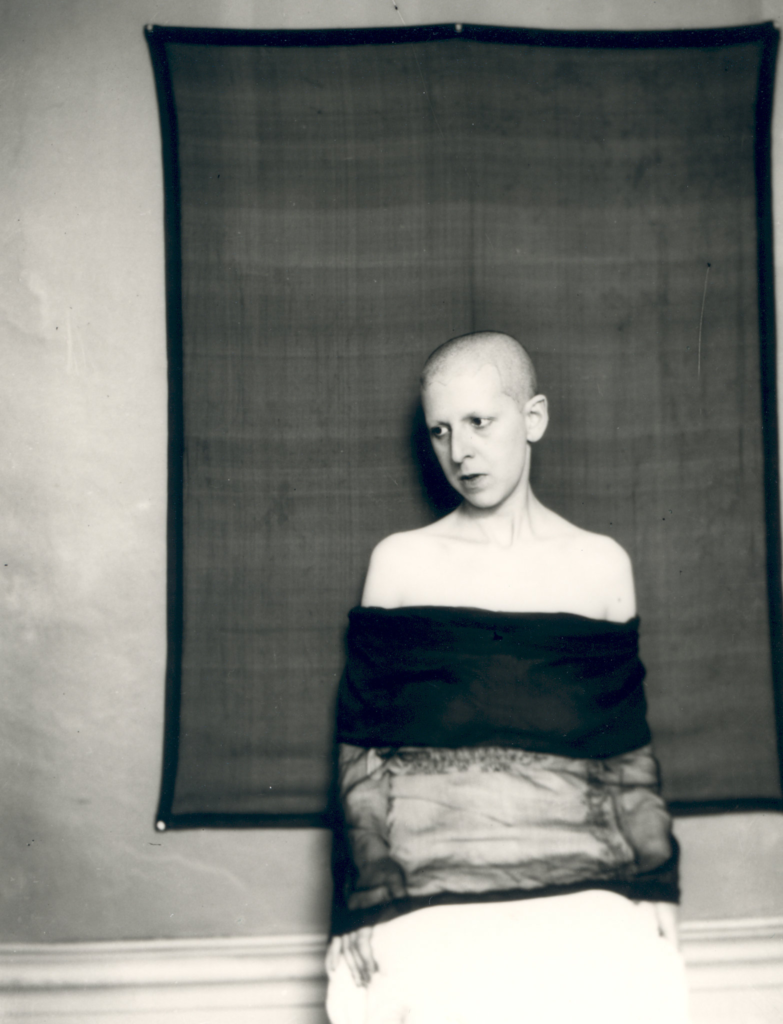The definition of Femininity:
qualities or attributes regarded as characteristic of women or girls.
“she alternated between embracing her femininity and concealing it”
This can be understood as being a social construct, a characteristic interpreted differently in each culture around the world. Generally speaking, this is associated with women or girls and is used in photography as a form of self-expression of someone’s identity. However, the use of this in magazines for example can create societal expectations such as beauty standards, as these images can present an unrealistic idea of a woman which can be damaging. Traits traditionally cited as feminine include gracefulness, gentleness, empathy and sensitivity, typically very stereotypical expectations of how a woman should behave or act. The term ‘femininity’ has been adapted over decades, for example during more traditional times women were seen to be fragile and loving, to stay home and be maternal. However, this idea is stereotypical and moving forward, women are breaking this boundary that was created.
A good example of femininity photography is Cindy Sherman:

Cindy Sherman is a female photographer who portrays female stereotypes of the 1950’s and 1960’s. When creating her images, she is not only the photographer but the subject too, masquerading as different women in society. Each image creates a high level of suspense, mystery, disguise, melancholy and vulnerability. These stills encapsulate femininity during this era playing on the feminist idea that gender arises exclusively within culture and deconstructs dominant gender ideologies. This is extremely powerful because it represents the underside of the ‘definition of a woman’, breaking a barrier from the idea that a woman or girl should act a certain way in society.
The definition of Masculinity:
qualities or attributes regarded as characteristic of men or boys.
“handsome, muscled, and driven, he’s a prime example of masculinity”
Masculinity is also considered as a social construct, with an altering meaning in different cultures and societies. Traits traditionally viewed as masculine in Western cultures include strength, courage, leadership, power and assertiveness. When women’s labour participation increased instead of having to consistently be maternal, there were men who felt less comfortable in their masculinity because it was increasingly difficult for them to reconfirm their status as the breadwinner, due to the fact that they were no longer the only provider for the family. The concept of masculinity alters through history. For example, in religion or even Greek myths, stories are told of men being powerful gods and heroes, battling to protect their wives, setting the stereotype and expectations for men to be strong and fierce. This led to the idea that men or boys must act a certain way too, for example they were expected to be unemotional or to not cry otherwise this made them weak. However, through time, this idea is slowly being broken down similar to femininity, as while society grows people find more ways to express themselves and try to not fit into set categories of behaviour.

CLAUDE CAHUN:
“one of the most curious spirits of our time.”
Claude Cahun is a perfect example of someone who wanted to push the boundaries of gender roles in a stereotypical society.
Claude Cahun, born Lucy Schwob was a French photographer, sculptor and writer. her most well known work is her surrealist self-portraits in which she represented a multitude of different personas. Moving to Jersey in 1937 with her stepsister and lover, Marcel Moore, she resisted the occupation taking place on our island. During their lives together in Jersey, the women decided to mount an underground resistance campaign following the Nazi’s occupation of the Island in June 1940. The two campaigned against them, provoking them in a risky manner for four years until 1944 when the Gestapo investigated them. Narrowly avoiding a death sentence, the two were freed from prison on the 9th of May 1945 following Jersey’s Liberation. Remaining on the island until 1953, Cahun suffered from ill health which unfortunately resulted her passing in hospital on the 8th of December. After this, Moore continued to live on in Jersey for many more years until sadly ending her own life.
Her life was a representation of resistance, defying the conventional ideas of beauty and femininity with her shaved head and male attire, challenging them. This was almost revolutionary in the 1930’s, being in a same-sex relationship and exploring her identity in a difficult time period of traditional values. Whilst Claude Cahun was alive, she produced many pieces of work which The Jersey Heritage Trust collection represents. Her work challenged the politics of gender and identity, alongside the work of many male Surrealists who depicted women as objects of male desire. She used domestic settings such as a cupboard at home and introduced something interesting and new to this environment, exploring gender fluidity.

For example, in this double exposure image, Cahun is seen with a shaved head in men’s clothing in a monotone way. Her explanation was “Under this mask, another mask; I will never finish removing all these faces.”1 (Claude Cahun, Disavowals, London 2007, p.183)
Claude Cahun’s work is important in society today because it breaks down the idea that females must be feminine or males should be masculine, being a vision of gender fluidity and breaking down the gender roles that were traditionally assigned. This pioneered gender photography.
CLAUDE CAHUNS WORK:







I especially like this image because holding the mask in her hand represents taking the mask off and being yourself, acting the way you feel most comfortable in. This screams out her views on life and represents what she believes in which I find really powerful.
